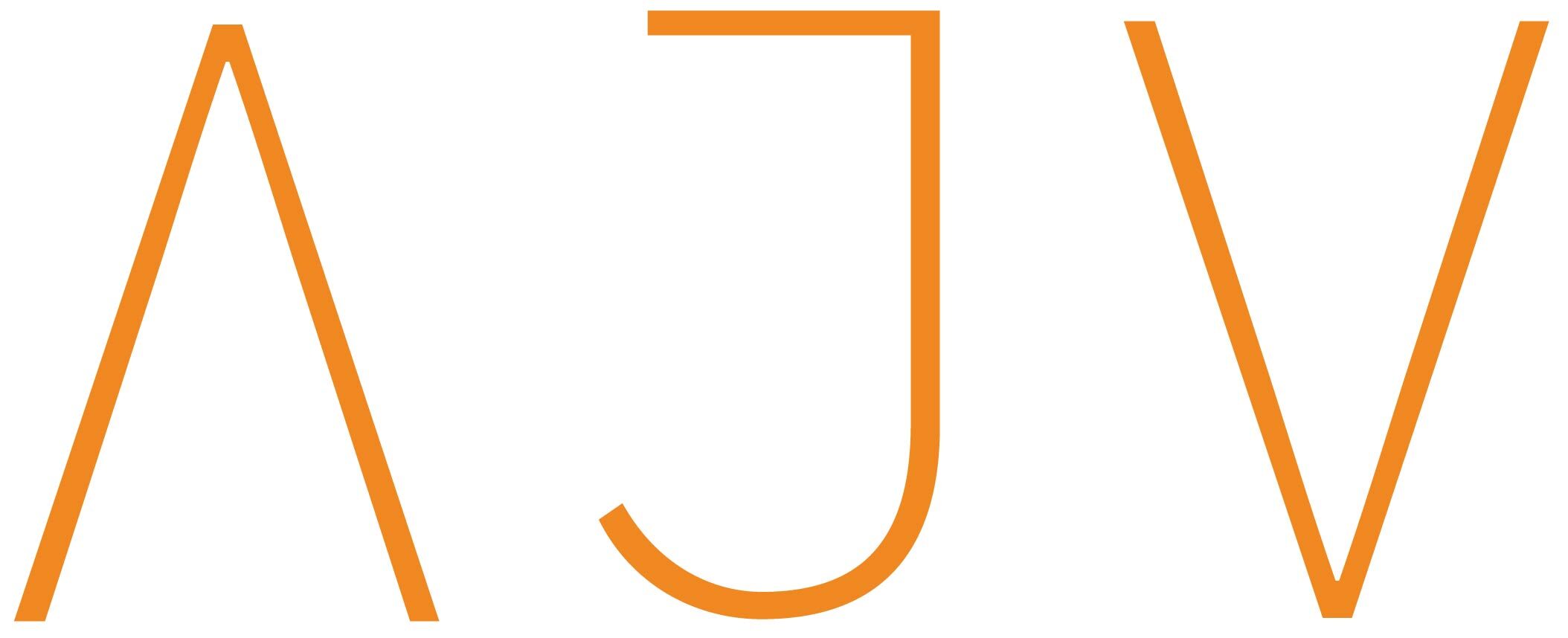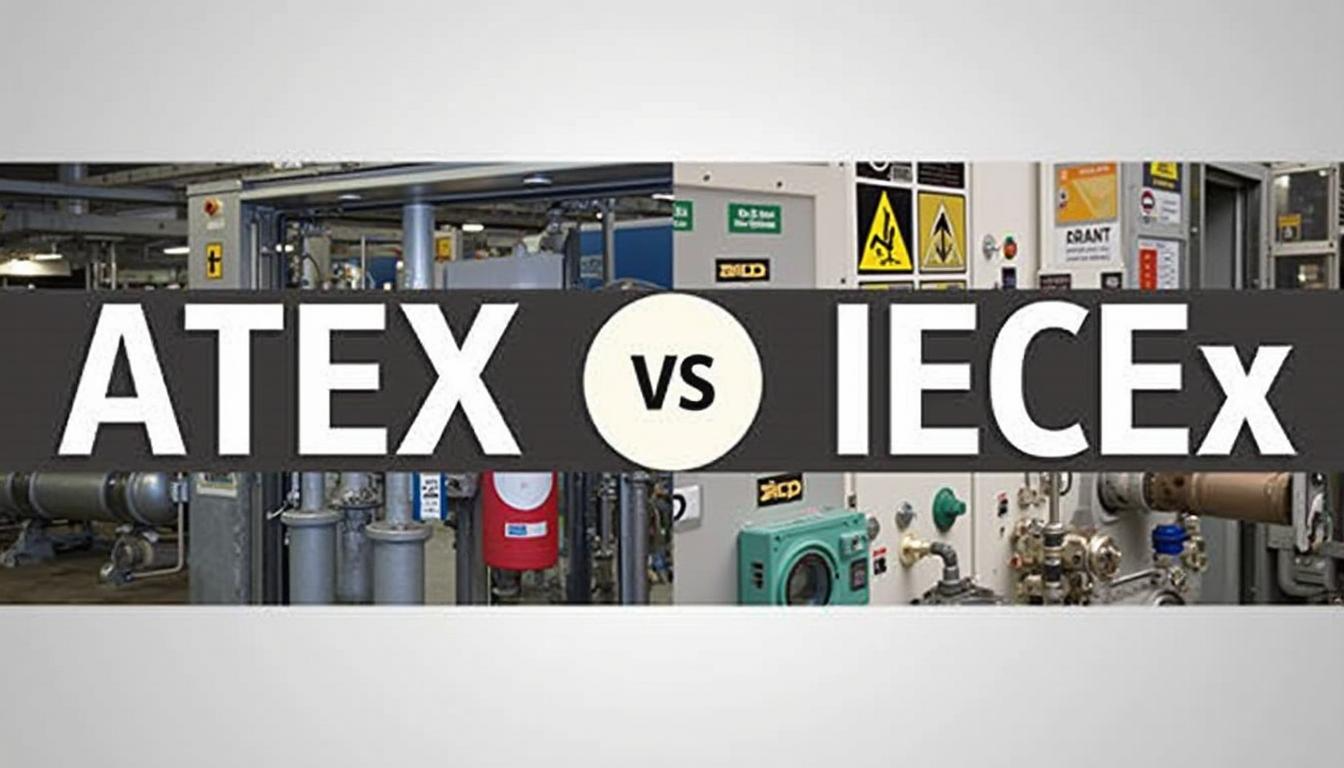What is ATEX certification?
The ATEX certification refers to the compliance of all equipment and protective systems used in explosive environments with the European Union Directive 2014/34/EU. Its primary purpose is to ensure safe handling and operations of different equipment units in areas where chemical gases, dust, and combustible vapours can be present.
The following industries need to adhere to the compliance standards.
- Oil and gas
- Chemical and pharmaceutical manufacturing
- Food processing
- Mining
- Grain handling and milling
- Paint and coating operations
Pros of ATEX certification
- It ensures industries adhere to the legal compliance within the EU territory for equipment handling in explosive environments.
- Every certified equipment is aligned with the CE markings, thereby eliminating the risks of duplications.
- Following the safety standards under ATEX helps businesses reduce liabilities and workplace accidents.
- It also facilitates acceptance in the EU member states and easy, smooth market access.
- Any type of delay in regulatory approvals within the European Economic Area can be prevented.
Cons of ATEX certification
- It is recognised only within the EU and not accepted globally.
- The protocols are often subjected to alterations by different EU member states.
- For non-EU products, separate certifications will be necessary.
What is IECEx certification?
This is an international conformity assessment system, depending on the IEC 60079 standards. It guides the manufacturing standards and handling of equipment units in hazardous or explosive environments. Managed under the International Electrochemical Commission, it ensures all products adhere to the global safety standards.
Below are the key features.
- Applicable for vapour, gas, and dust hazards.
- Broad acceptance across all the participating member nations.
- Streamlined certification and testing for all international markets.
Pros of IECEx certification
- It offers a transparent and standardised framework for product testing and audits.
- Since it is managed under the International Electrochemical Commission, the products are accepted across global markets.
- It boosts product credibility in the non-European markets.
- Since it facilitates mutual acceptance, there’s no need for duplicated certification.
- Manufacturing businesses can seamlessly enter the hazardous market areas.
Cons of IECEx certification
- It is not legally recognised in several countries.
- The products do not usually follow the CE marking standards for EU compliance.
- There is a limited acceptance rate in countries outside the IECE zone.
Difference between ATEX and IECEx
| Features | ATEX | IECEx |
| Regulatory authority | European Union (Directive 2014/34/EU) | International Electrochemical Commission |
| Certification approach | Follows a legal directive | Based on international standards |
| Acceptance regions | Mandatory for EU member states | Globally recognised in IECEx member countries |
| Labeling | CE marking + ATEX | IECEx mark with certificate number and Ex code |
| Documentation needs | EU declaration of Conformity, technical file | Detailed Certificate of Conformity and detailed test reports |
Zone classifications in ATEX and IECEx standards
Both the ATEX and IECEx standards use a harmonious system for zone classification. This is purely based on the type and frequency of the hazardous components found in any particular environment. Thanks to the cohesive zoning categories, manufacturers can determine the type of equipment and protection methods to be used.
For gas atmospheres, the following are the zine classifications.
- Zone 0: This environment is exposed to chemical vapours and flammable vapours continuously for a prolonged time.
- Zone 1: The gases are likely to be present, especially during normal operations of the equipment units.
- Zone 2: Appearance of chemical vapours is unlikely during regular operations, and even if it occurs, the time frame is relatively short.
For dust environments, the zone classifications used are:
- Zone 20: It poses the highest risk due to the continuous presence of dust particles.
- Zone 21: Dust is likely to be present only during regular operational hours.
- Zone 22: The particles are present only for short times.
Both the ATEX and IECEx certifications use these zone classifications to select the explosion-proof mechanisms for the equipment units used in hazardous areas. To top it off, monitoring and ventilation systems also follow the standards.
How to get ATEX certification: Step-by-step process
- Identification of hazardous area zones: A thorough risk assessment is necessary to accurately identify the dangerous zone. For gases and vapours, Zone 0 to Zone 2 will be applicable. While for dust environments, Zone 20 to Zone 22 will be followed.
- Determining equipment category: The equipment unit needs to be chosen based on the risk level and the zone where it is likely to be used. Categories 1, 2, and 3 are used primarily.
- Designing and manufacturing: During these phases, manufacturers need to adhere to all the health and safety standards.
- Preparation of the technical file: It needs to outline the risk analysis, design document, test results, and user guidelines.
- Engagement of a Notified body: This will be essential for equipment units belonging to Categories 1 and 2 for conformity assessment.
- Application of the required label: The CE and ATEX marking needs to be affixed along with the issuance of the EU Declaration of Conformity.
IECEx certification process explained.
- Selecting an ExCB: First, manufacturers need to choose a particular ExCB body approved by the IECEx.
- Testing and assessment: The chosen ExCB will conduct a test according to the IEC 70069 standards to determine the explosion protection of the concerned equipment unit.
- Issuance of ExTR: Once the testing is completed, an Ex Test Report will be issued, outlining all the details.
- QAR: Every manufacturing facility will have to undergo a full-scale audit for consistent quality assurance.
- Certification of Decision: The ExCB will then issue the Certificate of Conformity, provided both the QAR and ExTR are approved.
- Listing of the IECEx online: Both the certification and documentation will be published online for global recognition and acceptance.
Which is better for you?
Given the detailed comparative study between ATEX and IECEx certifications, choosing the right one is crucial. So, here’s a brief checklist that you can follow to avoid the dilemma.
- If you are entering the EU market only, the ATEX certification will be enough. Similarly, for the non-EU market, IECEx will suffice. However, for both zones, you will need to get ATEX and IECEx for a single product.
- For products or equipment units that belong to the high-risk zones (Zone 0,1 for chemical uses and Zone 20 and 21 for dust environments), it’s better to get both ATEX and IECEx certificates. However, for general use, go for region or industry-specific certification.
- If you have time constraints, applying for ATEX will be better. Although it is faster, you will be able to enter only the EU market. The IECEx certification, on the other hand, offers global recognition but needs more audits and documentation.
- For a multinational sales approach, dual certification will offer streamlined access to all markets, both EU and non-EU.
FAQs
Do I need both ATEX and IECEx certification for my equipment?
If you want to enter both the EU and non-EU markets, both the ATEX and IECEx certifications will be required. Also, if the equipment is classified for high-risk zones, dual certification is preferred.
Is IECEx certification accepted in Europe?
IECEx certificate is accepted only in non-EU countries.
What is the main difference between ATEX and IECEx?
The ATEX certification is governed by the European Directive 2014/34/EU and is accepted only in the EU member states. The IECEx, on the other hand, follows the IEC 70069 standard and is globally recognised except in the EU region.
Can I use ATEX-certified equipment in non-EU countries?
No, any equipment certified for ATEX cannot be used in non-EU countries.
How long does it take to get ATEX or IECEx certification?
The time complexity to acquire either the ATEX or IECEx certification will depend on documentation readiness, product complexity, and testing results.

